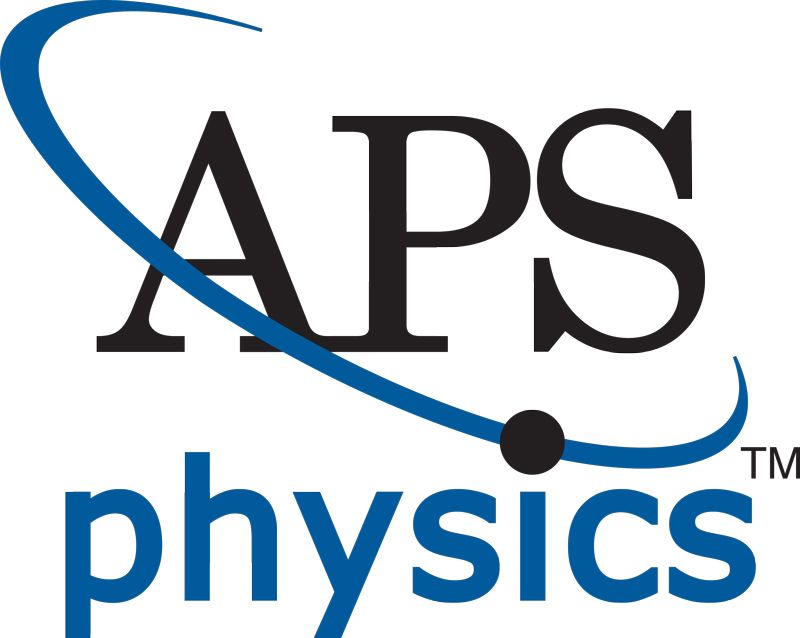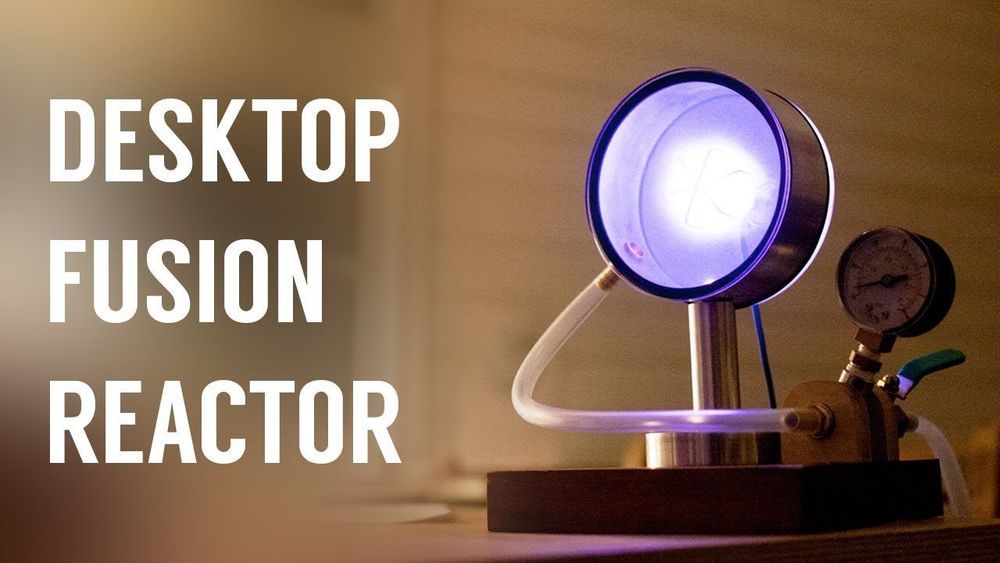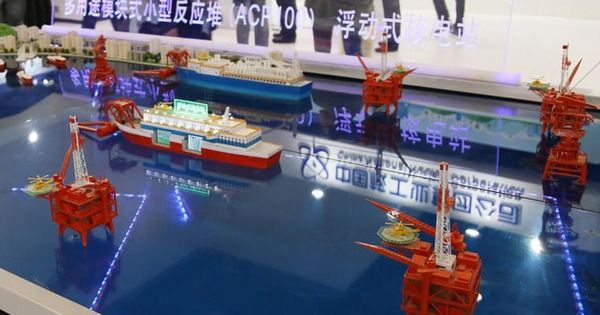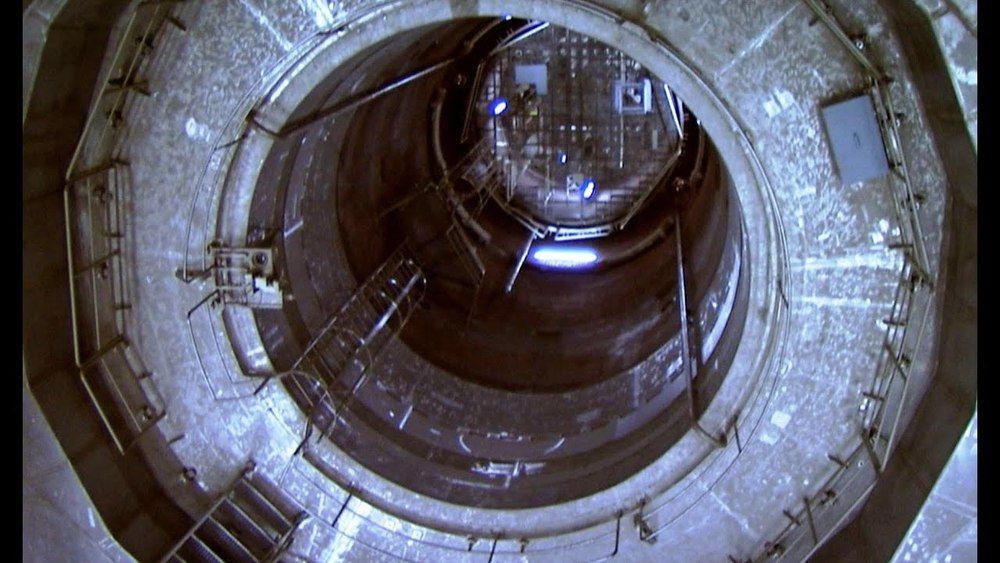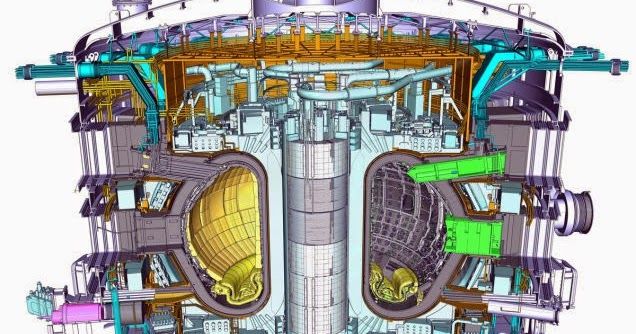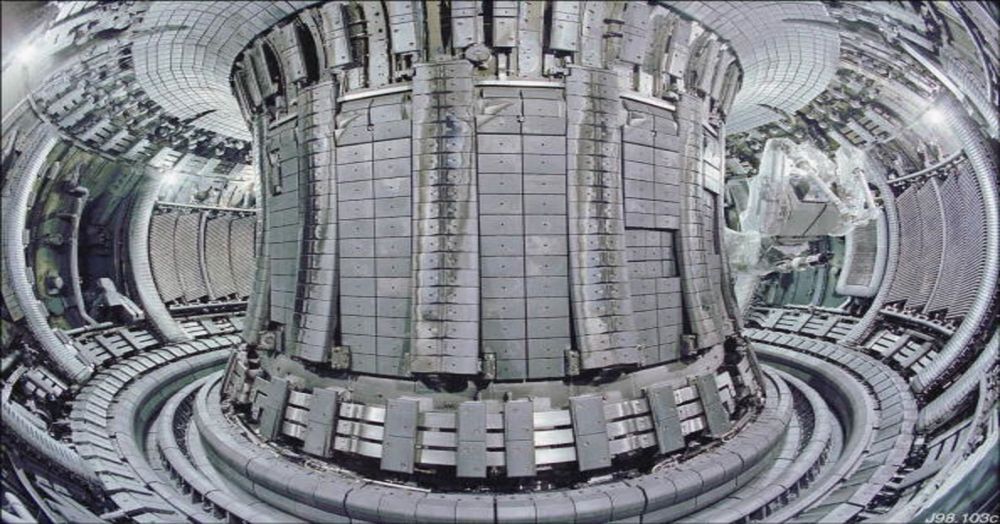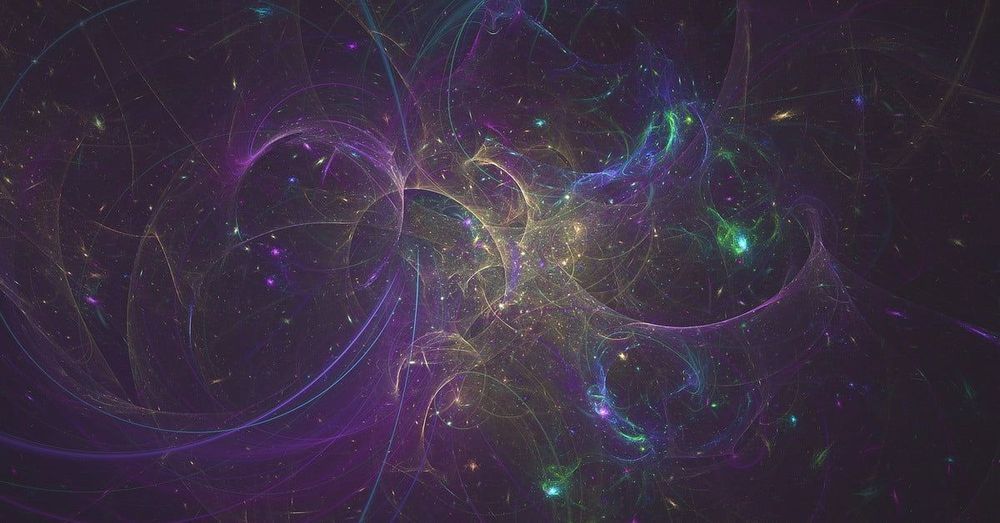Apr 4, 2019
Synopsis: Igniting Fusion in the Lab
Posted by Klaus Baldauf in categories: futurism, nuclear energy
Researchers spot the signatures of nuclear fusion in a table-top-sized setup commonly used to study the plasmas found in stars and other astrophysical objects.
Future nuclear fusion reactors promise the possibility of supplying Earth with an unlimited source of clean energy. Attempts to create these reactors typically involve building-sized contraptions to generate the hot plasma needed to initiate fusion reactions. Now Yue Zhang at the University of Washington in Seattle and colleagues have successfully ignited sustained fusion using a setup that is small enough to sit on a table.
